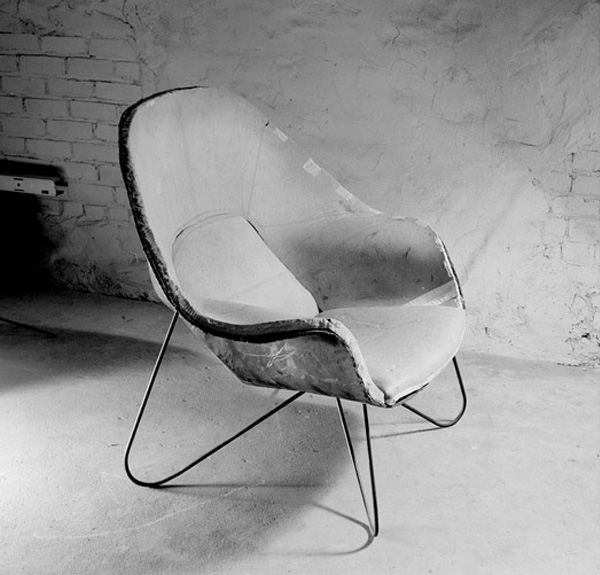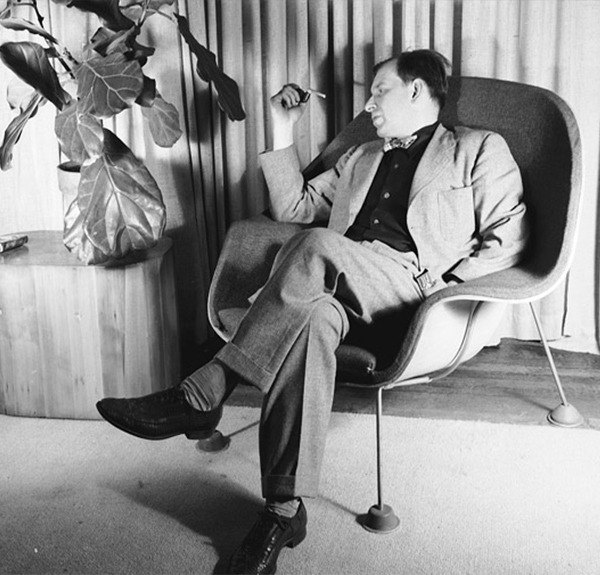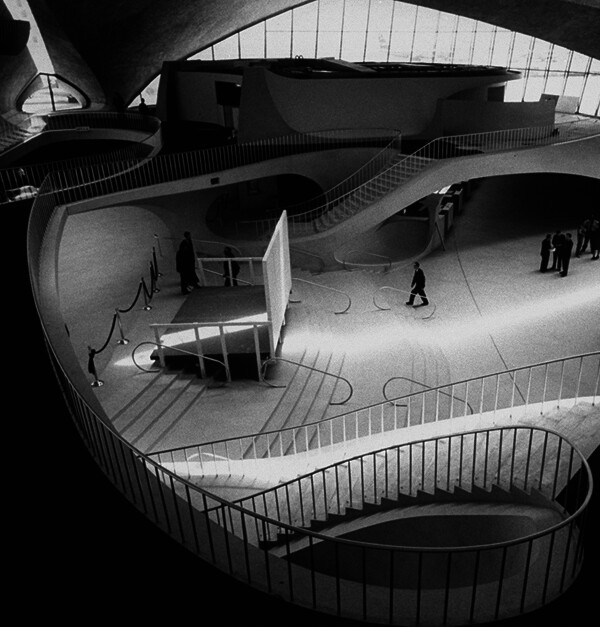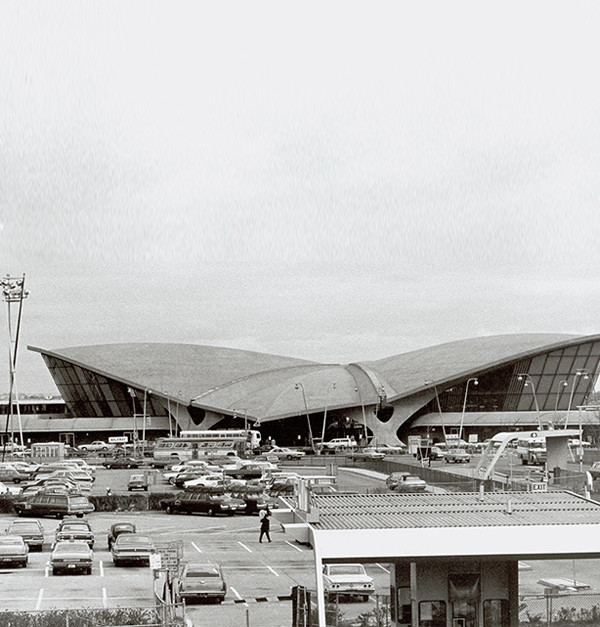Design icon: Knoll Womb chair
The story of the Womb Chair dates back to the 1940s. Florence Knoll had recently joined her husband’s furniture business, Knoll Studio, and was on the lookout for a talented designer to create a lounge chair especially for them.
The brief, though clear, was certainly a little unconventional for the time: ‘I want a chair that is like a basket full of pillows… something I can really curl up in.’
Finnish-American designer Eero Saarinen, whose work she was familiar with from her time at the Cranbrook Academy of Arts in Michigan, was the man for the job. He was known for his futuristic style, and his ideas about comfort were aligned with Florence’s.
In fact, one of the first decisions Eero made for the chair was that it shouldn’t have to rely on excessive padding to be comfy, something that many of the chairs at the time did. Instead, he devised a curved inner frame that would mould to the contours of the human body, and provide comfort naturally.
Once he was happy with the prototype, Eero needed to source materials for his chair. But since the ones he’d chosen weren’t yet readily available on the mass market, this took some time.
Eventually, he tracked down a boatbuilder in New Jersey who was working with fibreglass and resin and persuaded him to help. Florence Knoll later said: ‘We just begged him. I guess we were so young and enthusiastic that he finally gave in and worked with us. We had lots of problems and failures until we finally got a chair that would work.’
The chair was put into production in 1948 and became the first fibreglass chair to be mass-produced in America. It was truly ground-breaking at the time and became an instant success.
When asked why he had decided to give the chair its unusual name, he remarked that the chair had been ‘designed on the theory that a great number of people have never really felt comfortable and secure since they have left the womb’. If you’ve ever had the pleasure of sitting in one in person you’ll know just how inviting these chairs really are.
Eero went on to create a number of other iconic pieces for a Knoll during his lifetime, including the Tulip Dining Table, Tulip Dining Chairs and the Executive Chair, all of which are still as sought-after today as they were in the 1950s.
Saarinen also dabbled in architecture and was the man behind the TWA Terminal at Kennedy International Airport in New York, the Gateway Arch in St. Louis, Missouri and the Dulles Airport in Washington DC.
Do you own an iconic Womb Chair? If so, be sure to share a picture with us on Instagram or Twitter, we’d love to see it!
Or if you’d like to join the club, you can purchase your very own Womb Chair here at nest.co.uk.
Image credits: Vogue.com, Ben Schnall, Archives of American Art, archpark.org.









